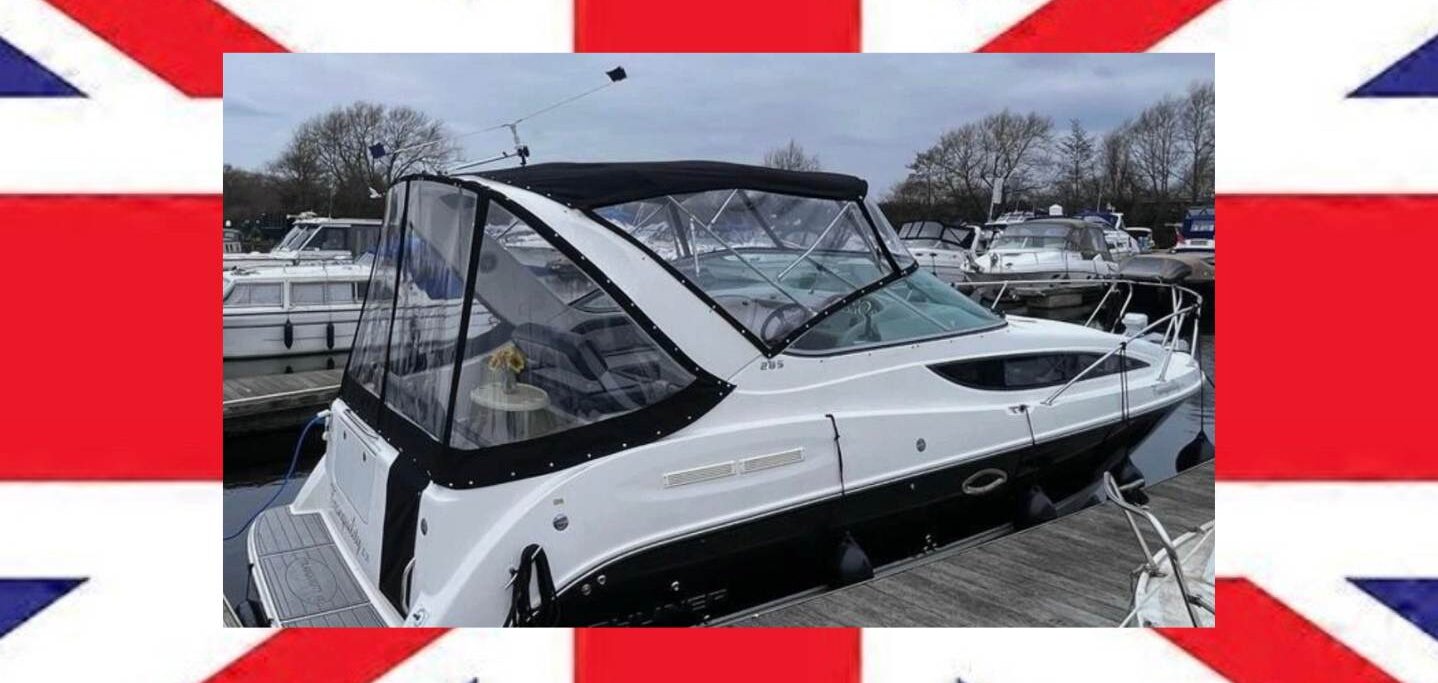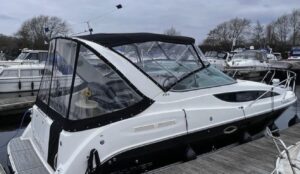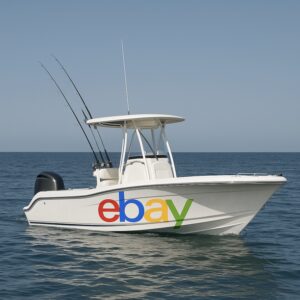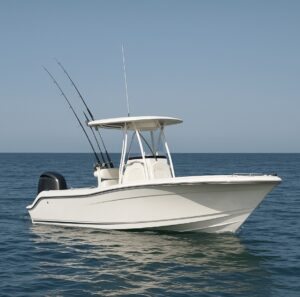Choosing the Right Antifouling Paint for Your Boat
Choosing the Right Antifouling Paint for Your Boat
Owning a boat is not just about leisurely afternoons on the water; it also involves dedicated care and maintenance to keep your vessel performing at its best. One crucial aspect of boat maintenance is selecting the right antifouling paint. This specialized paint helps protect your boat’s hull from marine growth, ensuring smooth sails and optimal performance. In this guide, we’ll navigate the waters of choosing the best antifouling paint for your boat, considering factors like water type, boat usage, and environmental regulations.
Understanding Antifouling Paint
Antifouling paint is a vital tool in the fight against biofouling—the accumulation of microorganisms, plants, algae, and animals on wet surfaces. These unwanted guests can significantly impact your boat’s speed and fuel efficiency. Antifouling paint works by releasing biocides or using slick surfaces to prevent marine growth. Understanding the various types of antifouling paint can help you make an informed decision.
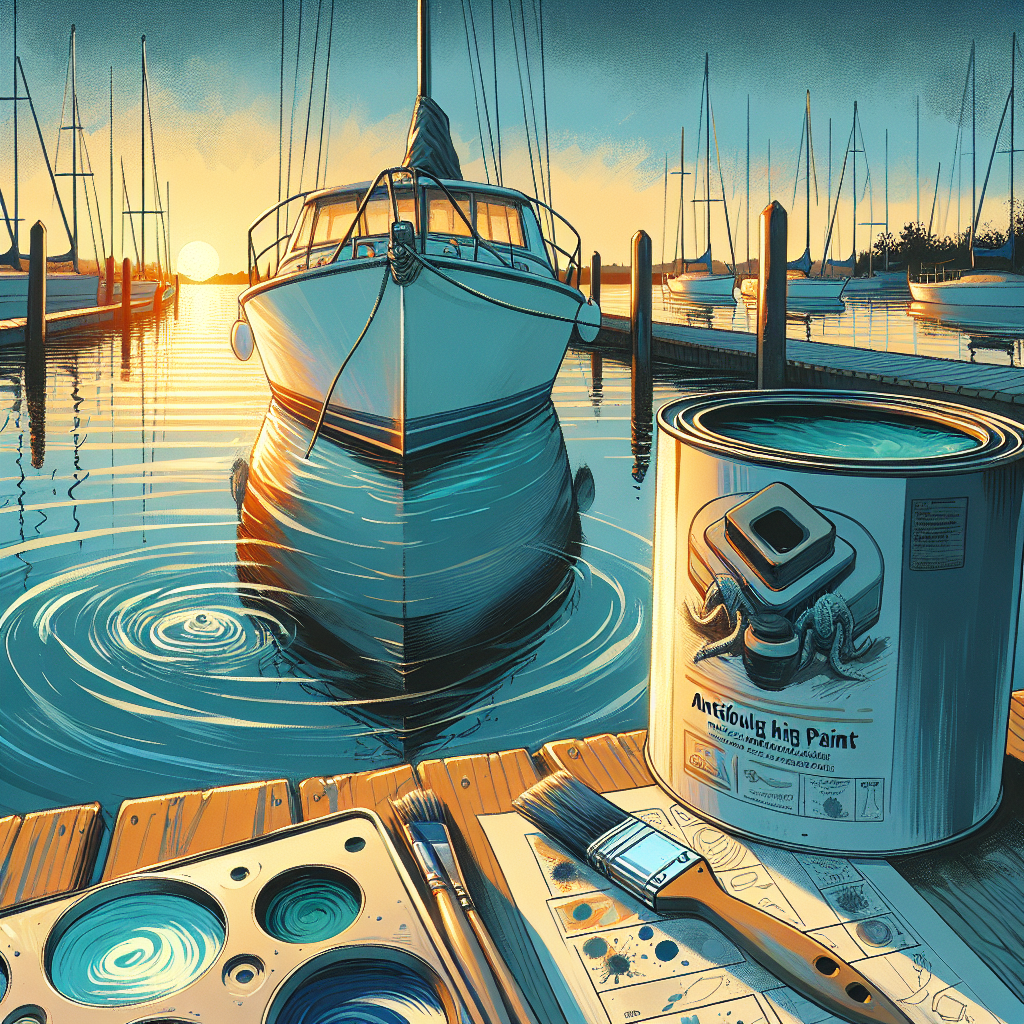
Types of Antifouling Paint
There are several types of antifouling paint, each designed for different conditions and uses. Here’s a quick rundown of the main types:
Copper-Based Antifouling Paint
Copper-based paints are popular due to their effectiveness. These paints release copper ions that deter marine growth. They are ideal for boats that remain in the water for extended periods. However, bear in mind that environmental regulations in some areas may restrict the use of copper-based paints due to their ecological impact.
Non-Copper Antifouling Paint
As environmental concerns rise, non-copper alternatives have gained traction. These paints use other biocides or slick surfaces to prevent fouling. They are a great choice if you are environmentally conscious or if local regulations restrict copper usage. These options are growing in effectiveness and popularity.
Hard Antifouling Paint
Hard antifouling paints create a tough coating on the hull. They are ideal for fast boats and vessels frequently hauled out of the water. This paint doesn’t wear away over time, making it durable but requiring regular cleaning to maintain its effectiveness.
Ablative Antifouling Paint
Ablative paints, also known as self-polishing paints, wear off gradually, exposing fresh biocides and maintaining continuous protection. They work well for boats that are constantly in motion. This type of paint minimizes the need for regular cleaning and is excellent for sailors who enjoy frequent voyages.
Factors to Consider When Choosing Antifouling Paint
Choosing the right antifouling paint involves more than simply picking a color. Here are some critical considerations:
Water Type
The type of water your boat will navigate—freshwater, saltwater, or brackish—plays a significant role in determining the appropriate antifouling paint. Saltwater environments often require more robust protection, while freshwater environments might allow for milder options.
Boat Usage
Consider how often you use your boat and for what purposes. A boat used for racing may benefit from a different type of antifouling paint than a leisure boat. Frequency of use and speed are key factors in determining the best paint type.
Local Environmental Regulations
Always check local environmental regulations before selecting antifouling paint. Some areas have strict rules about the types of chemicals that can be used to protect marine ecosystems. Ensuring compliance will help you avoid fines and contribute to environmental preservation.
Application Tips for Antifouling Paint
Now that you have an idea of what type of antifouling paint might suit your needs, here are some tips for application:
Proper Surface Preparation
Before applying antifouling paint, ensure that your boat’s hull is clean and free of any existing fouling. This might involve sanding or using a primer to prepare the surface.
Follow Manufacturer Instructions
Different paints have different application methods. It’s crucial to follow the manufacturer’s instructions closely to ensure optimal results. This includes recommended drying times and the number of coats.
Regular Maintenance
Even with the best antifouling paint, regular maintenance is key. Inspect your hull regularly for signs of wear or fouling, and reapply paint as necessary to maintain protection.
Conclusion
Choosing the right antifouling paint for your boat is a crucial decision that impacts performance, efficiency, and environmental responsibility. By considering the type of water, boat usage, and local regulations, you can select a paint that offers the best protection for your vessel. Remember, a well-maintained boat not only performs better but also enhances your overall boating experience. So, take the time to choose wisely, and enjoy smooth sailing ahead!
Get The Spares You Need
Add CTA sections description.
